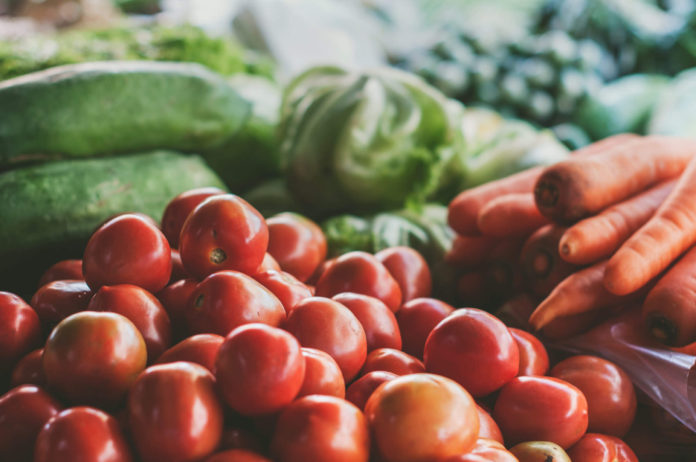Food is the Universal language of love. No matter your background, culture, heritage or the language you speak; we all communicate through food. Food can provide you with someone’s history of their family and heritage in one bite. With food being such a powerful element in our lives, it is important to have access to foods that provide a well-balanced lifestyle. Unfortunately, some poor income neighborhoods are pushed to the side when it comes to access to proper grocery stores in their communities.
A quote by the American Public Health Association states, “We reviewed the literature on neighborhood disparities in access to fast-food outlets and convenience stores. Low-income neighborhoods offered greater access to food sources that promote unhealthy eating. The distribution of fast-food outlets and convenience stores differed by the racial/ethnic characteristics of the neighborhood.” In other words, the demographic of a neighborhood can determine what type of access residents will have to food. Neighborhoods that statistically have minorities will mainly have unhealthy food choices like fast food restaurants or stores that provide cheap “quick bites”. It is easy to see the big gap between those communities and middle class/high income neighborhoods where there are many Whole Foods and fresh markets on every block.
According to the Food Trust, research also suggested that access to healthy food corresponds with a good diet and lower risk for obesity and other diet-related chronic diseases. Living closer to healthy food retail is among the factors associated with better eating habits and decreased risk for obesity and diet-related diseases. Without even realizing it the black community is slowly killing themselves simply based on the habitats we grew up practicing. It is up to us to break the cycle and there are a few ways to do that.
Many low-income neighborhoods are being to break the stigma buy making a difference in their communities. There are many ways that low income neighborhoods can do the same.The first step is to educate yourself on propaganda. Just to give you an example, propaganda was used during World War 2 to increase the support of Americans for the war and their allies. That same concept is used in low income neighborhoods to increase the profit of cigarette companies and unhealthy snacks. These tools are used in these low-income neighborhoods because it is statically said that minorities are less educated on proper health and nutrition. This means, they will normally go with the options of food that are cheaper.
The next step is to invest in community gardens. Not only is it the best way to understand the creation of fresh ingredients, but it is a great educational program for children in school to learn how to grow their own food. Finally, making a family plan could be beneficial to getting fresh foods. If you are in a community that is looking to get better ingredients it could help to work together. For example, if there is only one person on the block who has a functioning vehicle then that person could be responsible for getting food every two weeks for a couple other families in the neighborhood. It is all about helping each other and coming together. This will encourage others to pay attention to their health. In addition, the rule of supply and demand will force them to change the dynamics of the local grocery stores. Support small businesses, and this will assist with spreading the word of locator farmers market.
By: Imani Kerr









